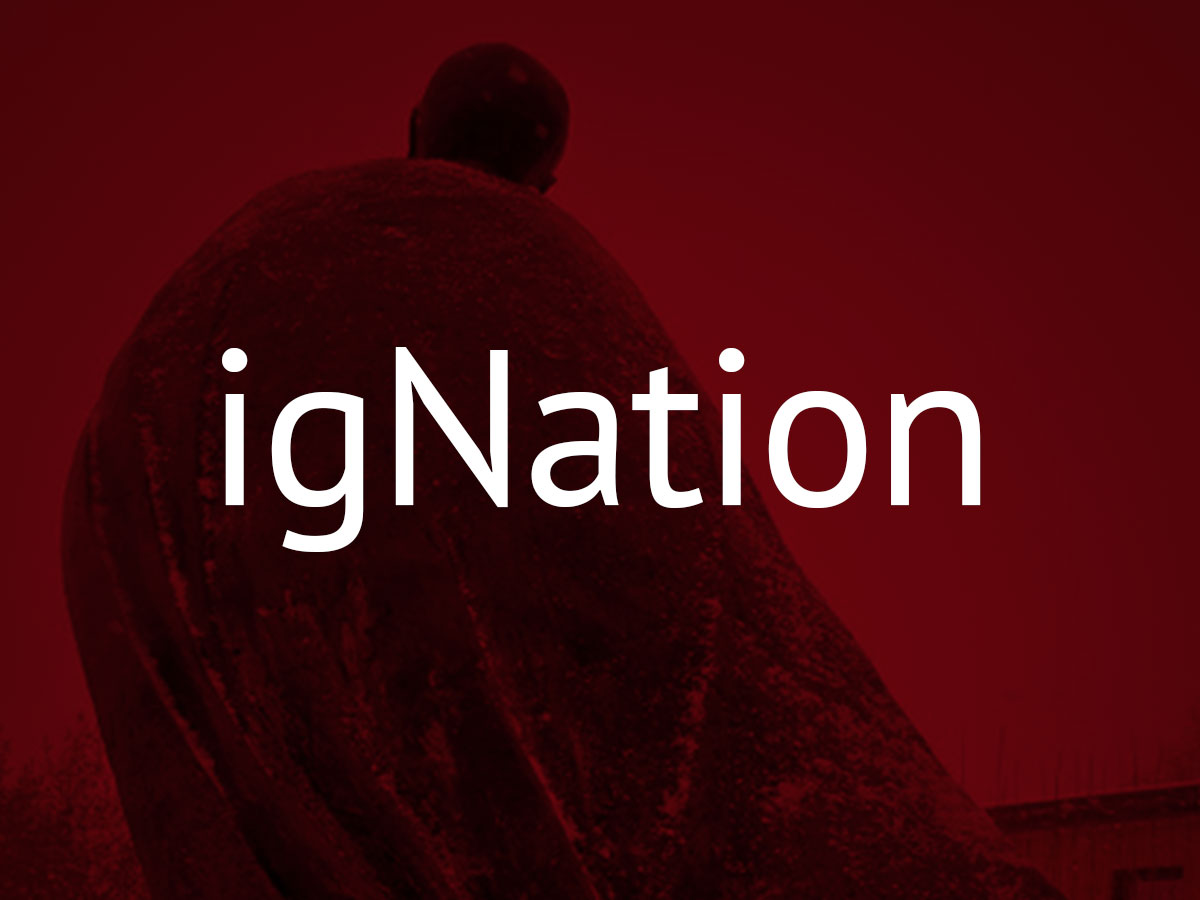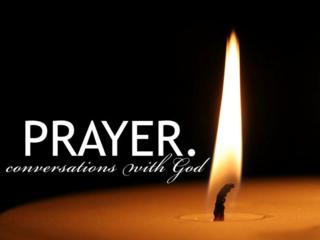Centering Prayer and Ignatian Prayer: Part Two – Controversies

Jean-Marc Laporte’s January stay at the Desert House of Prayer near Tucson, Arizona, led him to write this three part blog on Centering Prayer. Today – Contraversies. The complete versions of this piece with additions and footnotes is available HERE – : click on “Recently Added”.
 Part Two: Controversies
Part Two: Controversies
At this point, however, we will note that these approaches to prayer are used by Christians and non-Christians. Even a cursory exploration of centering prayer on internet sites and blogs shows strong views both for and against it among Catholics. For orthodoxy watchdogs it is a dangerous attempt to ape transcendental meditation, and leads to a blurred sense of God’s distinct identity.
For others it flows from the authentic Christian tradition and is uniquely suited to our age. Christian authors who advocate it often speak experientially, leaving doctrinal concerns aside, of their peak experience or those of their directees and in that experience it may be difficult to disentangle human and Divine Self.
Psychologically, union with God can be experienced as absorption in God in which the one engaged in contemplation might at times disappear as a distinct identity. But then there are enough strong clues in their writings to indicate that they have no intent to overturn the Christian doctrine on God as the distinct creator of all that is.
For Christians a foundational quotation of Augustine offers a sure guide. “You have created our hearts restless until they rest in Thee.” In other words at the core of our being, at the root of our authentic self, is a mystery, an emptiness which only God who has created us can fill. Our vain quest to fill it with what is not God only accentuates the restlessness. To enter into the emptiness may feel like entry into the void, but that void is where God chooses to reveal Himself, in darkness or in light, in a love which can be searing or consoling or, usually best for us, imperceptible.
Another way of highlighting what characterizes Christian centering prayer is that each one of us is created as a unique person, a mystery which uniquely mirrors the mystery of God. Our union with God does not annihilate our distinct self or absorb it into an impersonal All. Rather God treasures each one of us and His union with us respects and enhances our unique distinctness. Union does not mean absorption.
 At the same time our uniqueness does not mean separateness. We are distinct but not separate. In other words our uniqueness is not self-enclosed but relational through and through. The classical term that applies to the persons of the Trinity applies to each one of us: I too am a subsistent relation:
At the same time our uniqueness does not mean separateness. We are distinct but not separate. In other words our uniqueness is not self-enclosed but relational through and through. The classical term that applies to the persons of the Trinity applies to each one of us: I too am a subsistent relation:
Subsistent: I am uniquely myself and no other;
Relation: I am totally turned toward God as Mystery of Fullness who in his own time and way will fill my emptiness, secondly toward other created persons, and then toward creation in all of its facets.
There is a genuine process in which our false selves, the ones we construct for ourselves in a quest for self-aggrandizement and self-protection, are dismantled and we dive into a much vaster ocean bereft of our constructed identities. In that ocean, however, we find our authentic deep self, treasured and enhanced rather than diminished and absorbed as God comes close to us.
+++++++++++++++++++++++++++
Unless otherwise indicated, all photos are from The Desert House of Prayer.




No Comments